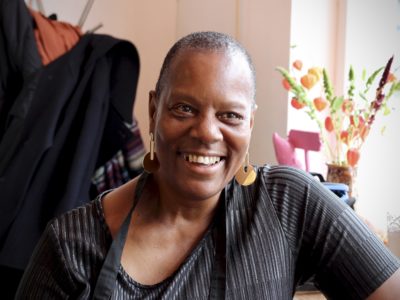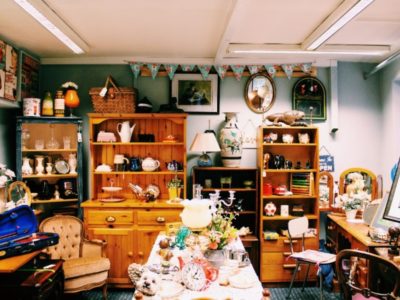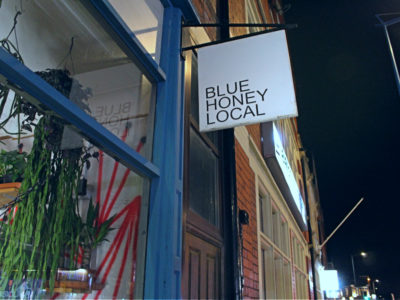What is a ramen?
James says a ramen is a bowl of Japanese noodle soup, complete with alkaline noodles in a broth, a tare (seasoning), an element of oil or fat, and toppings.
He regards the idea of an authentic ramen as a misnomer; the origin of the ramen is bound in confusion. It is widely considered a Japanese invention, but there is debate about whether this originated in Japan or China.
Pepper, a food publication based in the Philippines, says there are four essential parts to the ramen anatomy.
- Noodles. The Japanese tend to eat their noodles slightly under-cooked so they don’t become too soggy in the broth. Colour and chewiness can vary, this all depends on the noodle maker.
- Broth. Here’s where things get complicated. Ramen uses at least two or three stocks in the broth, and also includes a dashi usually made from bonito and kelp.
- Tare. This is the ramen’s seasoning and defines the type of ramen you’re being served. The tare can be shio (salt), shoyu (soy sauce) or miso (fermented soy bean).
- Toppings. Traditional lineups include green onions, beansprouts, wood ear mushrooms, bamboo shoots, seaweed, naruto (the eraser type item), garlic, oil, and a protein, usually chashu pork. Soft eggs are also used.
Hey all. Very excited to serve you tonight! This was a test bowl of #tonkotsu from yesterday – not to blow my own trumpet, but this batch is phenomenal (even if the plating was a bit haphazard!). 1/3 pic.twitter.com/nfLEV4A4XF
— Matsudai Ramen (@MatsudaiRamen) November 12, 2019
After a series of sold out pop-ups, Matsudai Ramen announces a weekend run in December at new Canton café
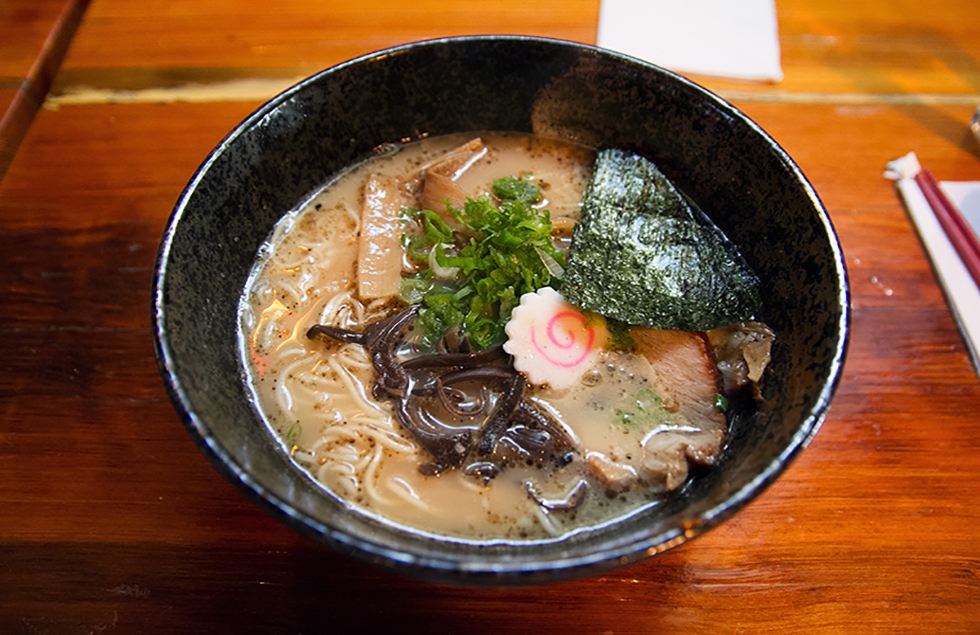
Matsudai Ramen is the latest passion project from former musician and events manager James Chant. Proving popular with Cardiff foodies, its pop-ups at Blue Honey Café have sold out for the remainder of the year.
However, James and Matsudai are setting up for a weekend service at Hard Lines Coffee’s new shop on Cowbridge Road East throughout December.
James says the pop-ups at Blue Honey have been really encouraging and are all about experimenting with ingredients before he moves to Hard Lines, “I’m learning so much every time I go there,” he says. He has also recently moved into a professional kitchen in Penarth, where he wants to develop a starter menu and more vegetarian and vegan options.
He cites his love of Japanese food [he toured Japan a decade ago] and overall lack of the product in Wales as main factors for setting up Matsudai. After scouring the internet and Asian markets for ingredients and recipes, he started to make ‘proper’ ramen during the middle of last year. “It feels like a computer game going into Asian markets. You unlock ingredients then it gets better all the time,” he says.
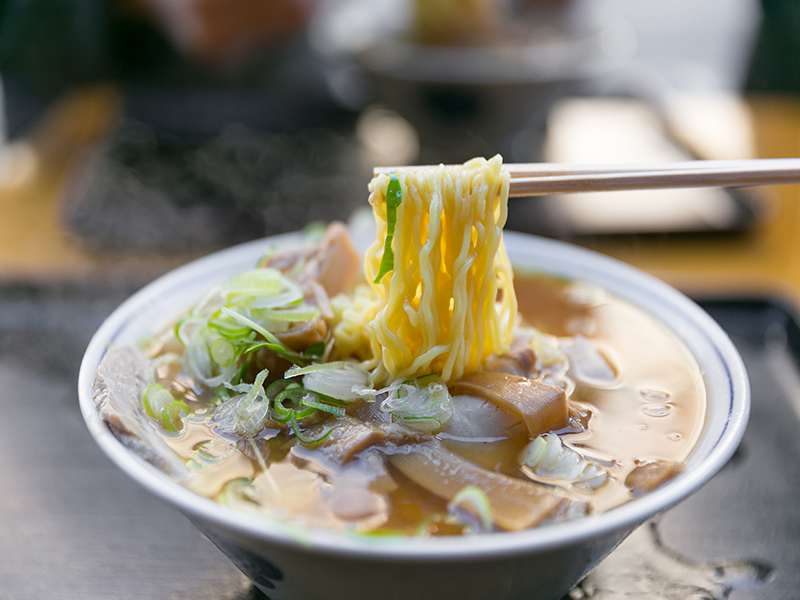
James makes clear reference to the American influence on his ramens, especially his tonkotsu, a richer, creamier variation on traditional Japanese style. “There’s no such thing as authentic ramen. There’s a lot of room to roam,” he added.
Hard Lines expects to open their new shop at the end of the month. Currently at Cardiff Market, Sophie Smith sees the new café as “an opportunity for us to design, own and operate a space that is entirely our own.”
They look forward to working with Matsudai, “We’re really pleased to be able to host an event alongside him. It’s great to be able to host something in the evening that is totally different to what we do in the day,” said Sophie.
Matsudai is very much at its early stages, and James wants to play it by ear, “As long as I’m doing something creative, I’ll be alright. It’s the key to happiness for me.”
You can follow Matsudai Ramen and Hard Lines Coffee on Twitter for updates.
What is a ramen?
James says a ramen is a bowl of Japanese noodle soup, complete with alkaline noodles in a broth, a tare (seasoning), an element of oil or fat, and toppings.
He regards the idea of an authentic ramen as a misnomer; the origin of the ramen is bound in confusion. It is widely considered a Japanese invention, but there is debate about whether this originated in Japan or China.
Pepper, a food publication based in the Philippines, says there are four essential parts to the ramen anatomy.
- Noodles. The Japanese tend to eat their noodles slightly under-cooked so they don’t become too soggy in the broth. Colour and chewiness can vary, this all depends on the noodle maker.
- Broth. Here’s where things get complicated. Ramen uses at least two or three stocks in the broth, and also includes a dashi usually made from bonito and kelp.
- Tare. This is the ramen’s seasoning and defines the type of ramen you’re being served. The tare can be shio (salt), shoyu (soy sauce) or miso (fermented soy bean).
- Toppings. Traditional lineups include green onions, beansprouts, wood ear mushrooms, bamboo shoots, seaweed, naruto (the eraser type item), garlic, oil, and a protein, usually chashu pork. Soft eggs are also used.
Hey all. Very excited to serve you tonight! This was a test bowl of #tonkotsu from yesterday – not to blow my own trumpet, but this batch is phenomenal (even if the plating was a bit haphazard!). 1/3 pic.twitter.com/nfLEV4A4XF
— Matsudai Ramen (@MatsudaiRamen) November 12, 2019

